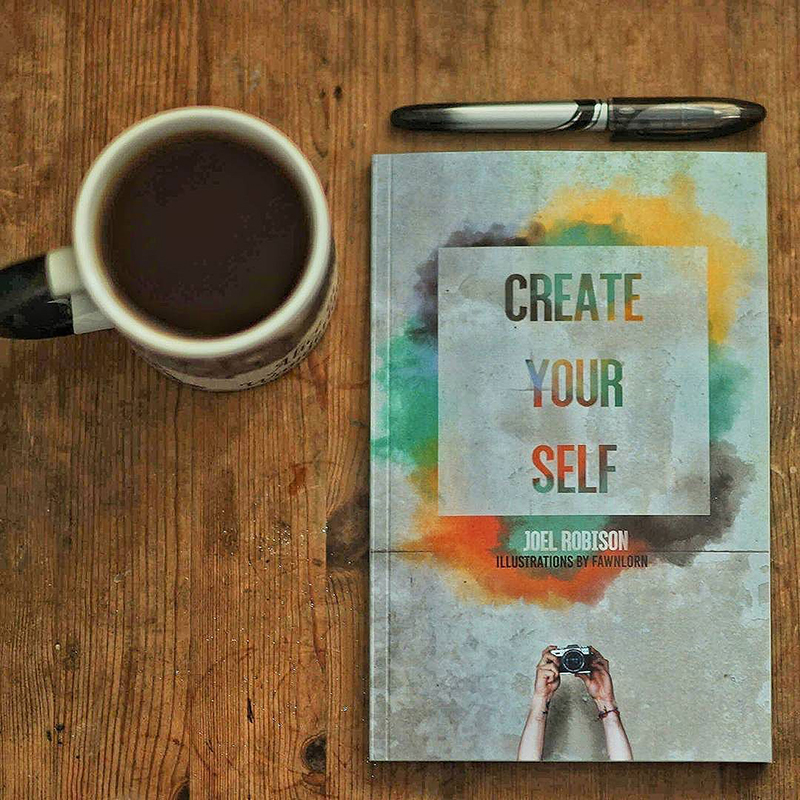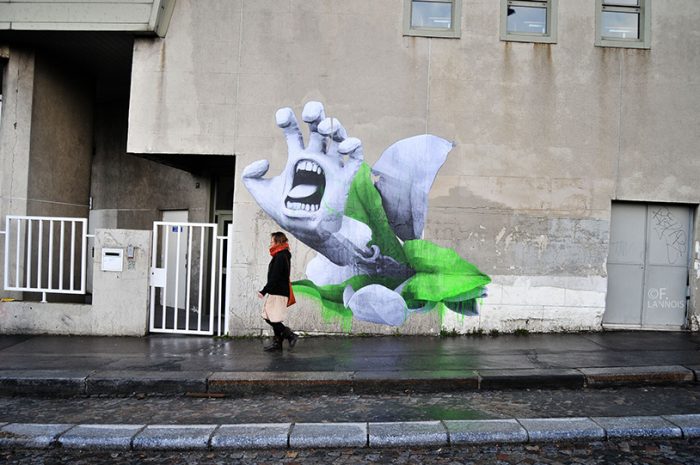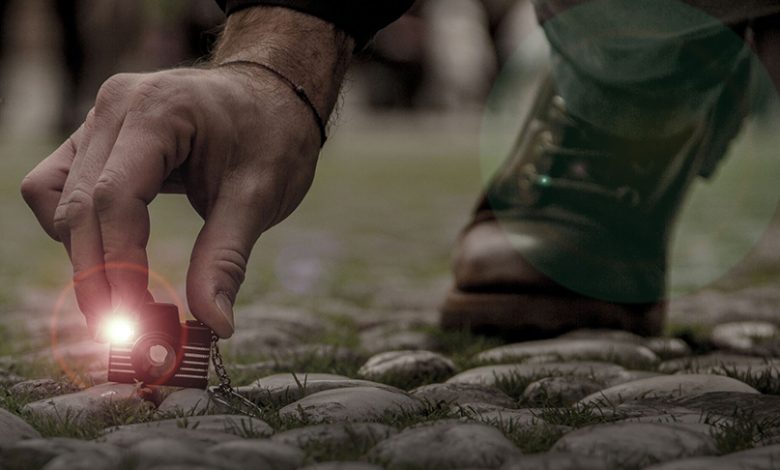Brands aim to truly connect with their audiences and UGC is proving to be an excellent way of engaging existing and potential consumers. But does your brand know the rules? Do you understand user generated content licensing regulations? Avoid a litigious path of potential banana skins, says Simon Banks at Lobster – get to grips with the rights and wrongs of using UGC.
No-one likes getting sued, so it’s really important to make sure marketers know the rules surrounding user generated content (UGC), which is turning into one of the most popular marketing streams for brands.
In fact, UGC has now cemented its position as a prominent buzzword within marketing and advertising industries – it has been around for more than 10 years and has helped companies strike a chord with their audiences by providing authentic, real-life content that captures the imagination.
It’s not hard to see why it has been so successful: while regular marketing practices can still prove to be very effective, consumers are looking for different ways to interact with brands and UGC is enabling them to do so. It’s adding an extra layer to marketing campaigns and helping consumers feel more involved with brands.
But there is one caveat: how a brand uses user generated content can often lead them down a path of potential banana skins, with the laws around licensing and copyright often proving to be a murky area – or at least an area that isn’t well researched. So, to give you some clarity and to help you fully understand the rights and wrongs when it comes to licensing and copyrighting UGC, here are the dos and don’ts:
DO: ask permission
More often than not, you can get copyright or a licence by simply asking the author for permission to use their content. Whether it’s an image, sound clip or video footage, it’s usually pretty easy to track down the author of the content. The only time you wouldn’t need to get their permission is when it’s taken from an open source or is out of copyright. More on that later.
DON’T: just use it – just because it’s on the internet doesn’t mean it’s free
If you see something on social media that you think would fit perfectly within the content you’re currently working on, you just take it, right? Wrong! Just because the author has decided to share their content on a social networking site doesn’t mean that it’s free to be used by any Jim, Bob, Sally or Michelle.
DO: understand transferable copyright
Once you have been granted permission, decide on the type of copyright your campaign requires. If the author is transferring their copyright to you, it essentially means they are giving you access to use it how you see fit. However, it’s also possible that authors will only grant you access to use the content for a particular use. It is important that you’re clear about the type of access you want for the content.
DON’T: assume
So you’ve seen that killer picture online, just sitting there on social media, and you’re thinking, ‘who’s even going to know or care if I quickly take it and add it to my own work?’ However, many consumers are up to date and are well aware of their rights and if those rights are being violated . . . if they find out that you have taken their content, expect them to take legal action against you.
DO: embed
Fortunately, many social media platforms have several ways for you to use UGC without needing the author’s permission – as long as you don’t mind not owning the full rights to the content. By embedding content, you automatically include their username and a link directly back to their content. It’s not the same as owning it outright, but it can be handy if you want to use something for a blog.
 DON’T: make it personal
DON’T: make it personal
Social media is a mix of private and public accounts, with platforms like Twitter and YouTube in the public domain, while Facebook and Instagram are private. The latter’s user data is protected, which means you shouldn’t take content from private accounts and use them on public websites – or anywhere. Of course, if you’re unsure, ask the author before republishing it.
DO: create hashtags
You can use hashtags to get around permissions if you’re planning on using a social media campaign to promote your brand. To obtain UGC from your followers, create a unique hashtag for your campaign and tell followers to use it when they are submitting their content. That way, they are providing you with UGC knowingly and everything is nice and legal. Just the way we like it!
DON’T: be a Spammy McSpammington
Sure, you’ve found that piece of content that you absolutely need to have and you’ve made contact with the author. However, they haven’t responded. Maybe you even gave it a few days and dropped them another line. Yet, you still haven’t heard a peep. OK, you decide to send just one more message, because maybe they haven’t logged into to social media for a while. Still no response. If you’ve contacted someone a few times and still haven’t heard anything, the person probably isn’t interested in licensing their content. Your best bet is to move on and look for someone else who is keen on their content receiving exposure.
DO: make it clear who you are
If you’re going to be approaching people and asking them for their content, it’s probably a good idea for them to know exactly who you are from the first interaction. Say what your name is, the role you have within your company and, most importantly, the company that you represent. Starting a message off with, ‘Hi, I’m Mike. Loving the photo – can I have the rights?’, probably isn’t going to get you very far. Unless, of course, your name actually is Mike and you don’t represent a company, but want the photo for a blog piece. Still, you should probably include a bit more information than our example.
DON’T: be cheeky
If you’ve come across content that you think is the perfect fit for your marketing campaign, don’t assume the content creator will be happy to give you their work for free. It may sound silly, but there are some who think that featuring work in a campaign is enough. It’s not. If you were hiring a professional, you would expect to pay for their service. If you find UGC that you want the full rights for, expect to pay a fee for it.
DO: use multiple default messages
While it’s important to make it clear who you are, we also understand that it can be time-consuming having to draft individual emails to authors asking them if you can license their content. It’s fine to come up with the general body copy of your message to save time – just make sure that you have several options that find a different way to say the same thing. The last thing the owner of the content will want is to feel like they’re the target of emails from bots.
 DON’T: be insensitive
DON’T: be insensitive
This one should go without saying, but when you’re using other people’s content make sure there is an element of sensitivity around it. After all, the likelihood is that some of these photos will be people’s personal moments and experiences. Be clear with what you’re going to use the content for and don’t manipulate or alter the nature of the content so it fits your own agendas.
Do: have a general understanding and use initiative
There is no better way to understand UGC copyrights than by thoroughly researching the subject. With a full understanding of what is and isn’t acceptable, you are putting yourself in a healthy position that should result in an outcome everyone is happy with.
The alternative is the rather more complicated world of lawsuits and copyright breach, which isn’t a good look at all. However, if the right procedures are taken, hopefully nasty words and phrases like ‘lawsuits’ and ‘you’ll be hearing from my lawyer’ will only be heard by those who didn’t do things by the book.
User generated content licensing: a more transparent future
There is still so much that can be done with UGC, and the way consumer behaviour is gravitating towards a desire for authentic content only bodes well for brands who embrace user generated content.
For so long, brands have been trying to find a way to truly connect with their audience; to make them feel involved and more than a customer. UGC is enabling brands to make their audience feel valued while communicating their brand insights.
As long as you understand what can and can’t be done regarding licensing, you will be able to give your campaigns a new lease of life and start conversations with your audience that make them feel more involved.
Have an opinion on this article? Please join in the discussion: the GMA is a community of data driven marketers and YOUR opinion counts.
Read also:
5 kinds of content to help you get more followers on Facebook
Mind the inspiration gap: one brand’s love affair with user generated content











Leave your thoughts